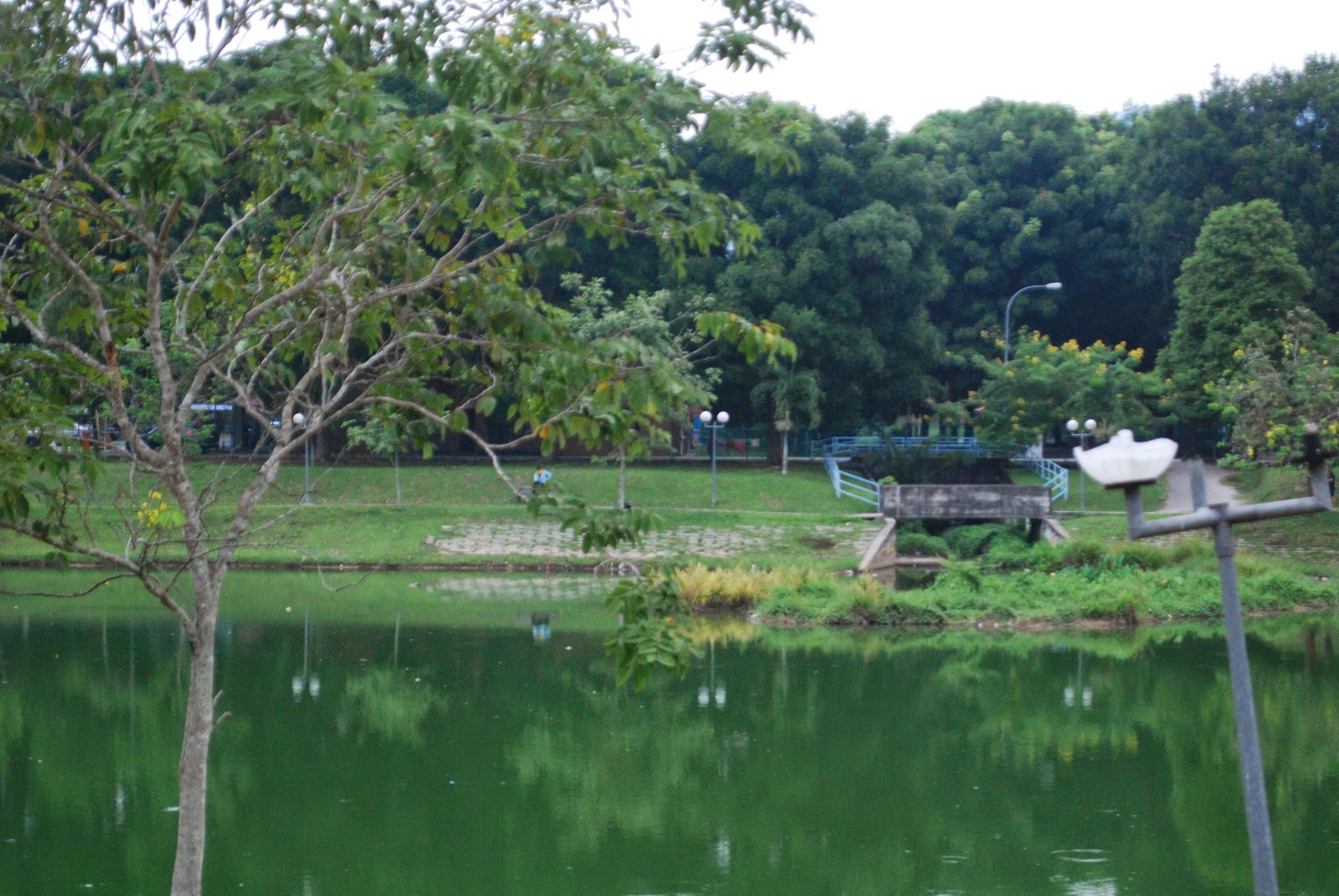D : Digital
S : Single
L : Lens
R : Reflect
A digital single-lens reflex camera (also called a digital SLR or DSLR) is a digital camera combining the optics and the mechanisms of a single-lens reflex camera with a digital imaging sensor, as opposed to photographic film. The reflex design scheme is the primary difference between a DSLR and other digital cameras. In the reflex design, light travels through the lens, then to a mirror that alternates to send the image to either the viewfinder or the image sensor. The alternative would be to have a viewfinder with its own lens, hence the term "single lens" for this design. By using only one lens, the viewfinder presents an image that will not perceptible differ from what is captured by the camera's sensor.
FUNCTION DSLR?
TASK 1
TASK 2 : Model
TASK 3 : COVER MAGAZINES
TASK4
Shallow
Great depth of field
TASK 5
Photo manipulation
Behind the scenes
Report
Task 1: ISO
WHAT IS THE ISO?
Our first assignment is to take pictures with the ISO.
I just took a picture at the college only.
ISO (film photography) is the ability or the sensitivity of the camera sensor to light. As an ISO function on the basis of photography, the greater the camera at ISO Settings, the more sensitive and recovered a large light. Its ISO the camera will be part of the triangular exposure in addition to Shutter Speed and Aperture.
Also can add light sensitivity recovered, ISO also can cause noise in the photo. But for a digital camera in the era of technology today, the high ISO is not an obstacle. D3 with ISO 25600 still get images with low noise.
Some do not know the term photography NOISE? Noise is small patches that are in the picture. Noise addition, by using a high ISO value can also cause a reduction in the quality of the photos produced. Let the poor color out, so less picture detail / Sharp and others.
WHEN TO USE ISO?
Usually used when high iso low light conditions, for example when motret night or indoor. Anytime that rightly or use ISO on the camera? when a combination of two parts of the triangle exposure shutter speed and aperture is not getting the right exposure or light.
At the moment the situation like that you can raise the ISO to get enough light and obtain the appropriate shutter speed. Suppose that a chance you want to take pictures of moving moments in the minimum room cahaya.To capture moments quickly is to use a high shutter speed, aperture size up the question, the how.
TASK 2: MODEL
We find its own model and borrow photography studio. Then we took pictures of models with a variety of styles. We use clothes "coat style" pink and black because our theme is "career woman".
TASK 3 : Cover Magazine
The second assignment is to make the cover magazines. We need to find a model for the cover magazines. We borrow the studio to take pictures of the model. Then we select the best picture for the model to edit into adobe adobe photoshop and Illustration. We make a theme Career Woman for this second task.
TASK 4 :SHALLOW AND GREAT DEPTH OF FIELD
Depth- of-field can be described as the part of the photograph in front and behind the subject that also appears to be in focus. I use the term “appears”, because only one part of the picture can be truly in focus, but in some photographs the out-of-focus portion is almost as sharp as the rest of the picture.
We like to use a shallow depth-of-field when we want to concentrate the viewer’s attention on the subject. Shallow depth-of-field makes the subject pop out of the blurred background and the background seems more uncluttered when we can’t distinguish detail.
TASK 5 : PHOTO MANIPULATION
The final assignment is a photo manipulation. Each group should make a photo manipulation in a room called 'Dark Room'. En.Aliff teach me how to wash the picture 'manual'.
ingredients:
1.Beseler Printmaker
2.Paper
3.Time
4.Trays
5.chemical (paper developer, stop bath, rapid Pixer)
Print Processing Terms
Step 1:
Set time, switch off the light, put the paper under BESELER Printmaker, then place the materials on the paper. Pull the red lens under low white light.
Step 2:
Sort materials according to their own creativity. Press time and wait until the time runs out.
Step 3:
Soak for 5-6 minutes into the chemicals 'paper developer'
Step 4:
Soak for 3-4 minutes into the chemicals 'stop bath'
Step 5:
Selame soak 5-6 minutes into the chemicals' rapid Pixer "
Step 6:
Rinse in water
Step 7:
dry
Then we scan the laptop for editing using adobe photoshop.





















































No comments:
Post a Comment